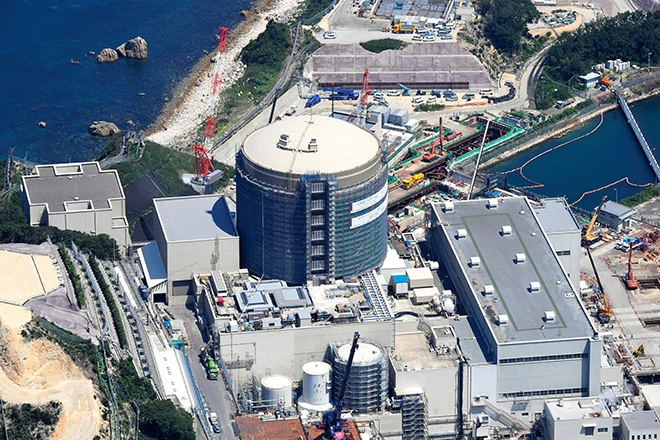Japan's Atomic Power Regulatory Commission reviewed and approved the nuclear sewage discharge plan of Tokyo Electric Power Company's Fukushima Daiichi nuclear power plant on the 18th, which means that Japan's nuclear regulatory agency "lights up" the nuclear sewage discharge plan On April 15, Japan's Atomic Power Regulatory Commission had "generally agreed" to the nuclear sewage discharge plan of Tokyo Electric Power Company and formed a draft "review letter".

On May 18, the committee once again confirmed the draft of the "review letter", considered that the content was "no problem", and agreed to the nuclear sewage discharge plan of Tokyo Electric Power Company. However, there is still a month of "soliciting opinions" before the emission plan is officially approved.
With the approval of the Japan Atomic Power Regulatory Commission and the consent of the local government, TEPCO can start the emission plan. Japanese media believe that the focus will be on whether TEPCO's emission plan can be approved by local governments such as Fukushima Prefecture.
On April 13, 2021, the Japanese government officially decided to filter and dilute the nuclear sewage into the sea. Despite the strong opposition of Japanese fishery groups and some local officials to this treatment plan, and the strong opposition and doubt of China, South Korea and other neighboring countries, the Japanese government still ignores the opposition and plans to discharge the so-called "radioactive material up to standard" nuclear sewage to the Pacific Ocean for a long time in the spring of 2023.